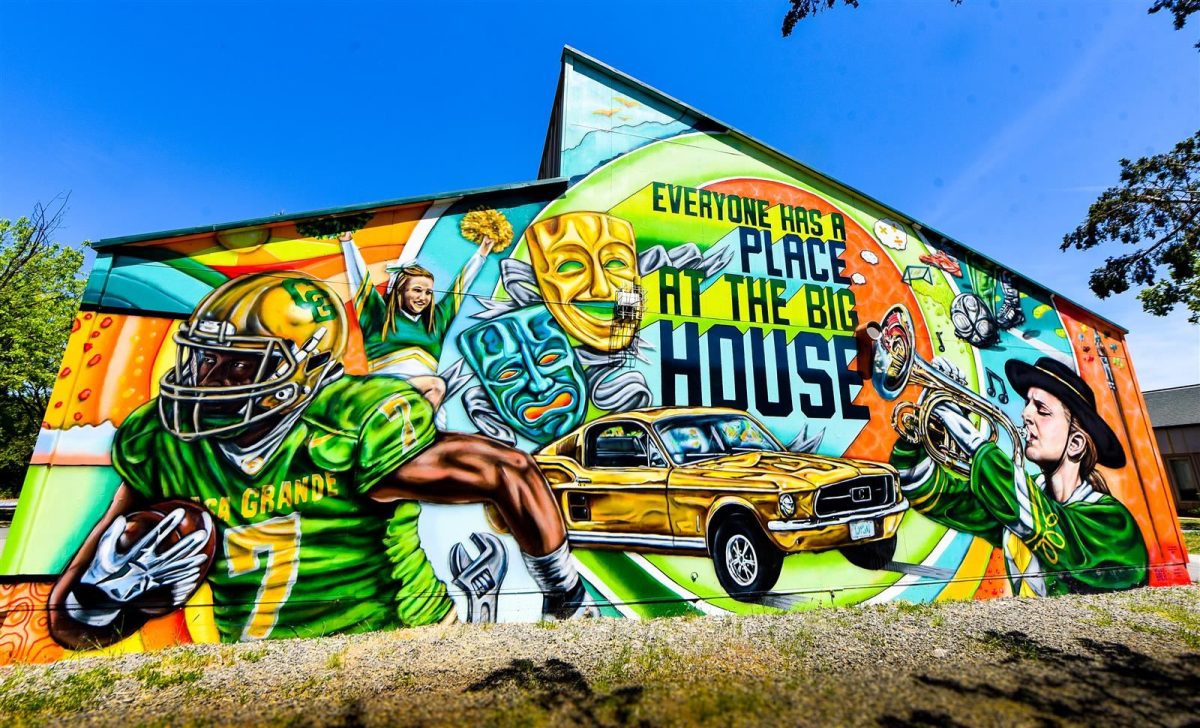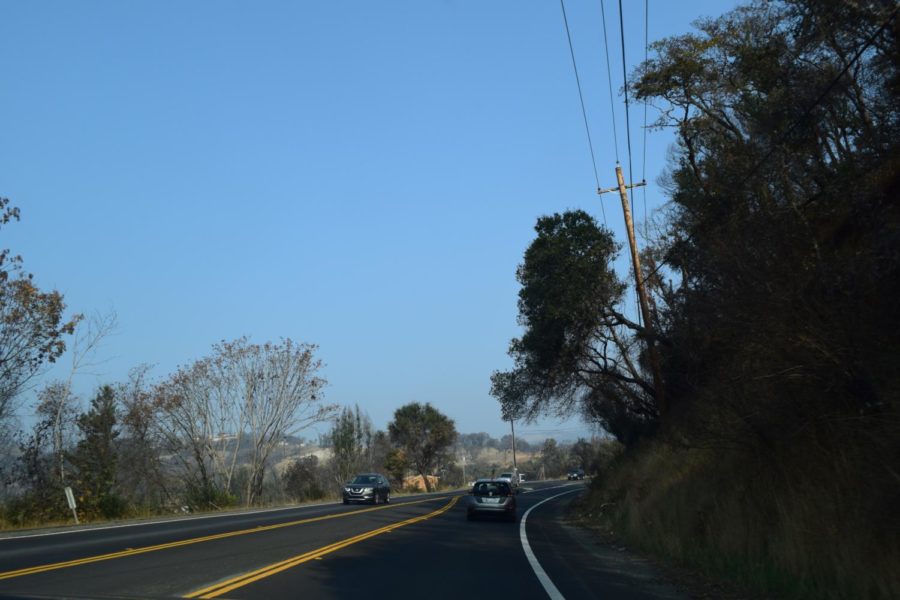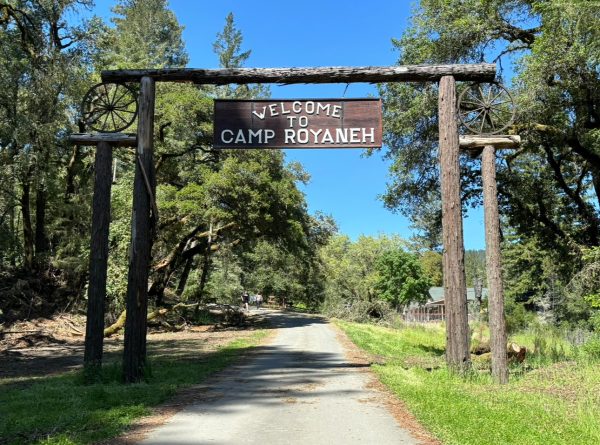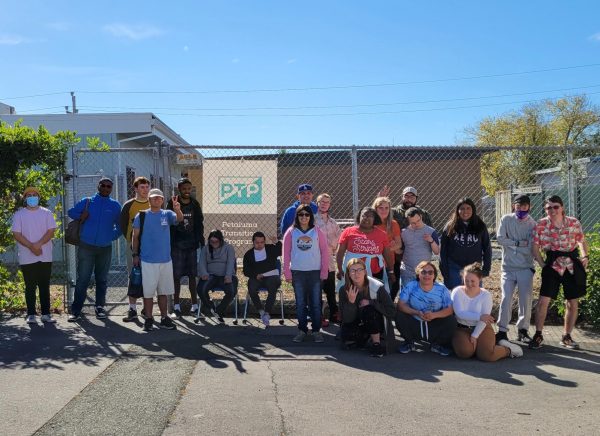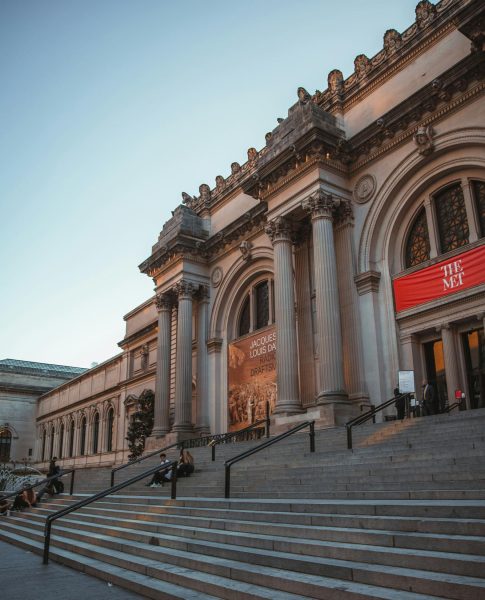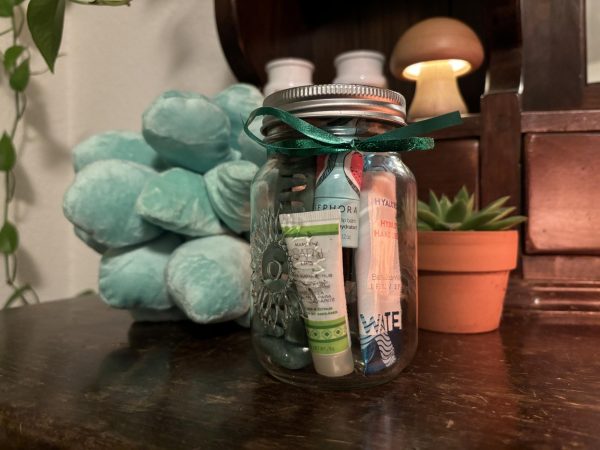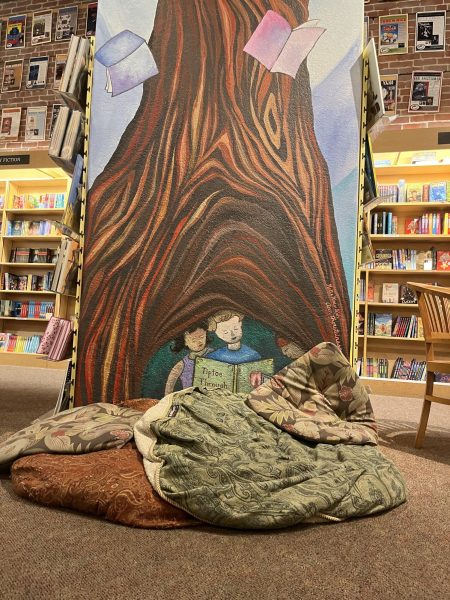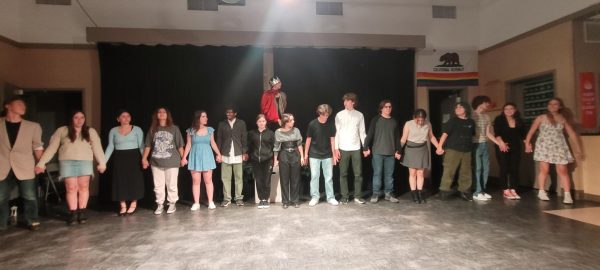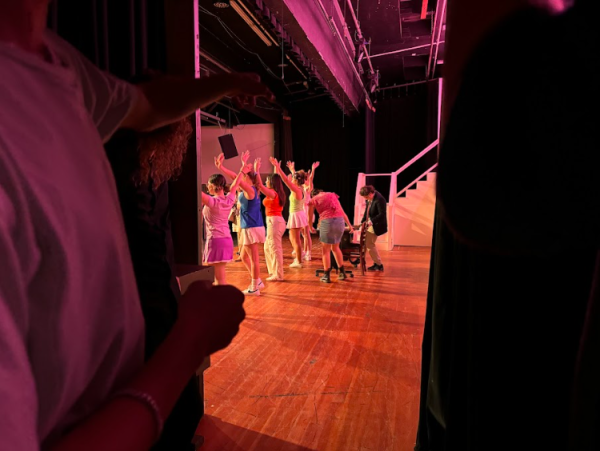One Year Later: Rebuilding After the Tubbs Fire
On Oct. 8, 2017, 30 mile per hour winds and a dry summer pushed the Tubbs Fire and nearby fires in Sonoma County to destroy a total of 36,807 acres of land before its complete containment on Oct. 31. At the time, it was the most destructive fire in California history. One year and one month after, it was bumped down to second place with the ignition of the Camp Fire in Butte County on Nov. 8, 2018, which burned 153,336 acres until it was contained on Nov. 25.
For many Sonoma County residents, the thick smoke in the air and falling ash was a brutal reminder of what they had experienced just over a year before. The Mendocino Complex Fire in Mendocino County from July to September of 2018 had the same effect. According to TIME Magazine, fires in California have increased in both number and destruction because of climate change causing hotter temperatures and urban expansion into high-risk zones. California fire seasons are growing longer and fires are growing more aggressive.
With wildfires becoming a sort of new normal, it is important to consider not only short-term effects but also long-term impacts that fires have on communities across the state. More than a year later, as a community, we cannot ignore that there are still lots of people recovering from last year’s disaster.
During the Tubbs Fire, Jennifer Gray Thompson still worked for the county. She was one of three county employees stationed in Sonoma Valley throughout the disaster, which called for leadership that her position working for county supervisor Susan Morin didn’t offer her.
After being inspired by the “most amazing human experience” the fires gave her, Thompson decided she wanted to dedicate herself to recovery.
“I want my life to be about helping this place rebuild. That’s how I can be most useful,” said Thompson, who is now the executive director of Rebuild North Bay, an organization started by Darius Anderson after the fires that is devoted to connecting affected communities and government leaders long-term to, you guessed it, rebuild.
“I like Rebuild North Bay not because it’s a better organization than any other organization, but because it’s a start-up, we represent a lot of the private sector, a lot of people who have a lot of influence in this way, that they can actually really help the region rebuild and get through this time in a totally different way than a community foundation,” said Thompson. “We are committed to being most active from Year Two … to at least Year Five.”
Thompson and Rebuild North Bay work indirectly with those affected by the fires by networking with business and environmental leaders. But Sonoma State University president Judy Sakaki owned one of the 2,800 homes destroyed in the fire. On the night of Oct. 8, she and her husband, Patrick, were out having dinner and celebrating their anniversary. Sakaki said that the two woke up around midnight when their electricity went out and woke up again at 4:03 am to the sound of their bedroom’s smoke detector.
“I could see orange and red flames on the porch. And so I screamed for Patrick to wake up. We thought it was just our house on fire. We opened the door and it was like we were in a scene from a horrible disaster movie. Everything was on fire and was so hot. We jumped off our porch barefoot,” said Sakaki. “Patrick grabbed his cell phone but he forgot his glasses so he couldn’t see where he was going. And course 911 wasn’t working.”
They ran barefoot almost a mile uphill through smoke and flames, not knowing where to go or even where they were going. Luckily, at the same time, off-duty firemen Tony Neil (who had lost his home already) and Drew Peterson were driving around in the last department vehicle left at the station.
“They said they heard me screaming, and that’s the only way they knew that someone was out there because it was so much smoke,” said Sakaki. When they were able to actually meet the two firemen that saved their lives, they asked if it would have been better to run a different direction.
“They said it wouldn’t have mattered: one minute more and we would’ve been fire victims 45 and 46,” said Sakaki. Since then, she and her husband have lived in rental properties before finding a new home.
Thompson commented on what she considered the most effective method of rebuilding.
“The best thing you can do is ask ‘What do you need and how do I help?’ It’s really important that people don’t decide for the fire-affected communities what they need … that answer is going to change as time moves on. Don’t avert your eyes when you see something burned,” said Thompson. And this was just what Sakaki’s friends did for her.
“Some of our friends gave me what they called a ‘fire shower’ and gave me Japanese dishes and things that I lost that were from my grandparents. So things like that were just special,” said Sakaki. Another moment that was significant occurred when they returned to their home for the first time to search for any belongings amongst the ashes.
“The owner of E.R. Sawyer, which is a jewelry store in Santa Rosa … met me at my house and said, ‘I’m going to help you look for your jewelry.’ He found a bead from a necklace. And it was a beautiful necklace,” said Sakaki. “He took it and polished it, and it looks totally different.” And just like that recovered bead turned into a new necklace, Sakaki said, rebuilding would mean that Sonoma County may never be the same it was, but will always be the same wonderful place that so many call their home, no matter what conditions there may be.
“In some ways, those of us who have gone through the fire changed. But at our core, we’re still who we were. And we just have to support each other and go on,” she said.
The rebuilding process will not get any less complicated and intricate for organizations that are working to assist entire communities. The Camp Fire is a reminder that these disasters are arguably no longer uncommon, and that it is important for any citizen to understand how they can help.
For those who want to aid rebuilding but don’t know where to start, opportunities to volunteer are available to be found on the Rebuild North Bay website. But overall, Thompson added, anyone can make a difference simply by being thoughtful.
“One of the things we can do here in Sonoma County is to practice kindness because you don’t know what somebody else is going through and you don’t know if they’re fire-affected or not,” said Thompson. “Keep your eyes on the areas that are burned and look for opportunities where you can help.”
